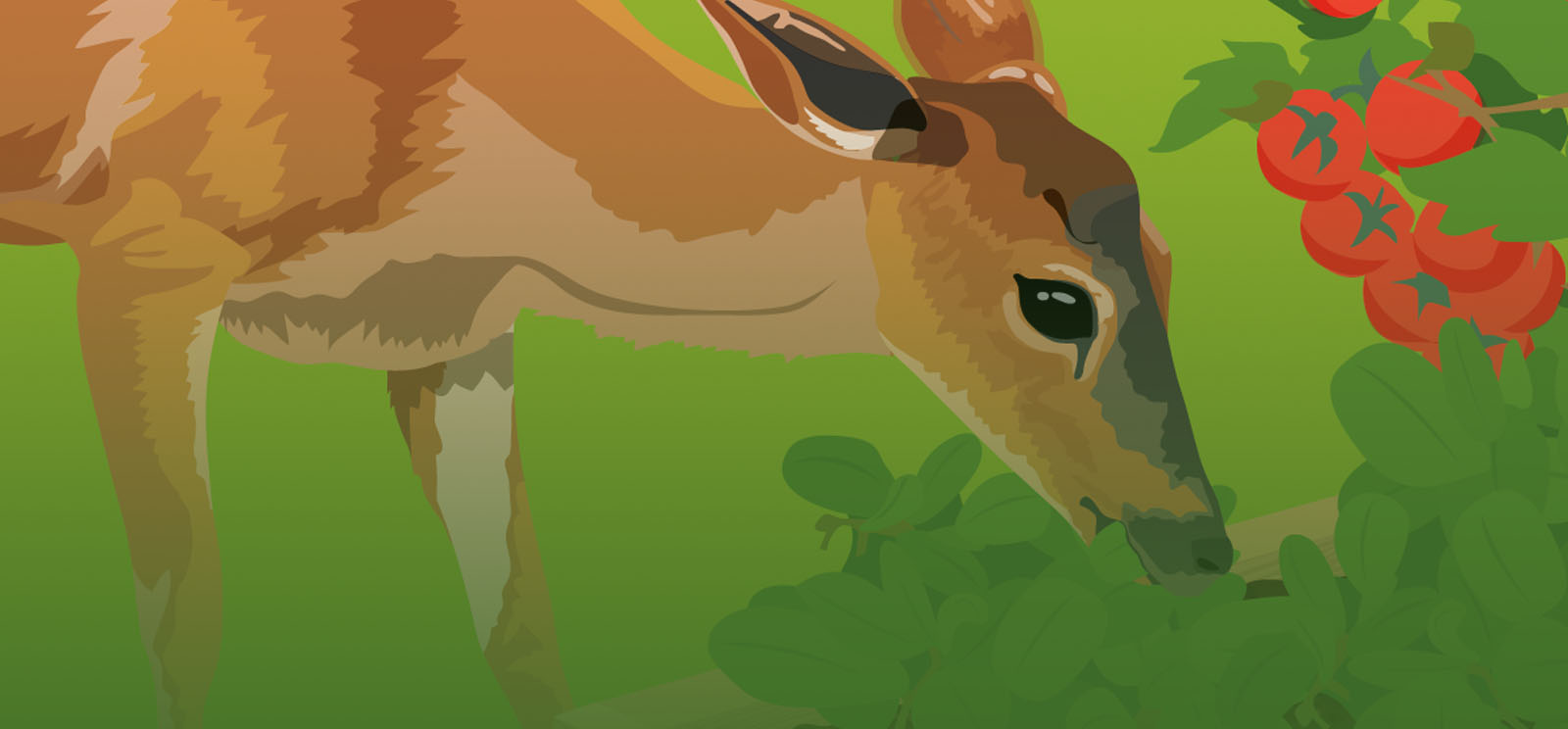
Oh Deer…Dealing With Deer in the Garden!
Every list of deer resistant plants is fundamentally flawed (well-intentioned, but flawed), and that’s because they cannot definitively state whether the deer in your yard will eat your plants. Nobody can tell you that with certainty. “Deer” aren’t a monolithic entity, they’re living creatures with different tastes and preferences. Those preferences change by area, with the seasons, and over the years. The deer in one neighborhood may never touch a plant that is a favorite just a few miles away. A plant that has been safe for years may suddenly become an attractive snack for no apparent reason. That doesn’t mean you have to give up gardening if you have deer. Take a look at these field tested techniques for dealing with deer in your yard.
It’s not gonna be easy to garden with deer, so you’d better get over that right away 🙂
A Bit About Deer
Deer are “browsers”, they like to eat a little bit of many different plants. They go on long walks through their territory, nibbling on all their favorite plants. They are curious and love diversity in their diet, so if a new plant suddenly appears in their territory (because you just planted it), they will take a bite to find out what it is. If they like the taste, they’ll be back for more!
When you’re dealing with a deer problem, its easy to see them as intelligent strategists, planning genius counters to your every attempt to stop them. The truth is, they’re just persistent. They live outside, and your garden is part of their territory the way your bedroom is part of your home. They know everything that goes on outside because they are always there. They know your routines, they know your dog’s routines, they know when you leave for work, and when you go to bed. We live our lives so isolated from nature that it can be hard to see things from the deer’s perspective. To the deer, your garden is part of their home, it is part of their pantry, and they will use whatever they find there to help them survive and care for their young. Their persistence comes from a base survival instinct, and it won’t be easy to overcome that.
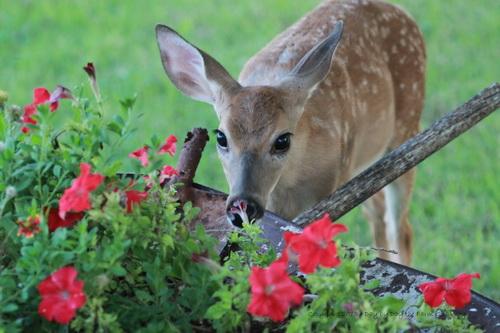
How to Choose Plants
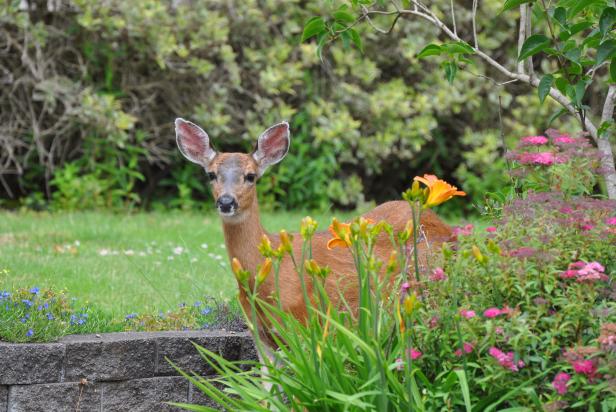
The best way to pick deer resistant plants for your yard, is to look around your neighborhood. See what is thriving in other people’s gardens. Deer cover a lot of ground, so the same deer that walk through your garden will likely visit your neighbor’s. If a plant has proven to be safe there, it’s a good plant to try in your yard. This exploration process can be a lot of fun, meeting neighbors, sharing gardening stories, and really getting to know your neighborhood.
If you live in the woods, walk through the woods for inspiration. Look for native plants that are thriving, especially ones that are in large numbers. Since these plants are already present in the woods, they won’t be new and exciting to the deer, and the deer are less likely to heavily browse them.
Introducing New Plants
Once you’ve decided on plants to add to your landscape, you should introduce them slowly to see how the deer respond. The smartest way to do this is a long slow process, but it could save you thousands of dollars if it prevents a costly new landscape from turning into a buffet. Introduce just one or two of each plant to test the deer response. Now you wait, ideally a whole year! I know this is hard but deer eat different plants in each season. You’d be very sad to plant 20 camellias you thought were safe, only to find out the new spring growth is like candy to your deer.
If you’ve seen a plant thrive in your area, you’ve tried it in your own yard, and it survived a whole year, then I would feel very comfortable saying that plant is deer resistant in your garden! I said it wasn’t going to be easy, didn’t I?
Of course you can skip any of these steps, I’ve skipped them countless times, but then I’ve also lost countless plants to deer. You just can’t rush the process of deer proofing your garden. Every deer-resistant plant list is nothing more than a guess. Only first hand experimentation and experience will tell you what is safe from the deer in your yard.
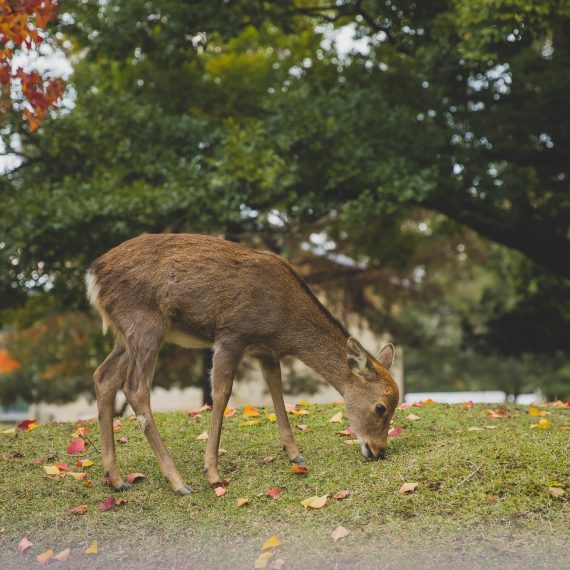
How to Protect
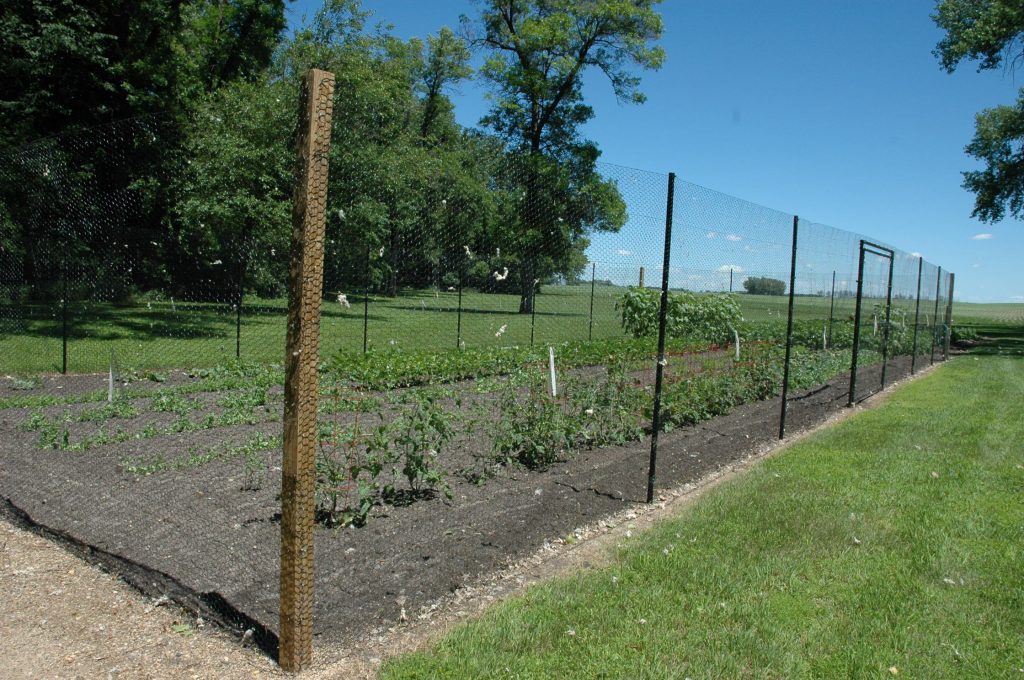
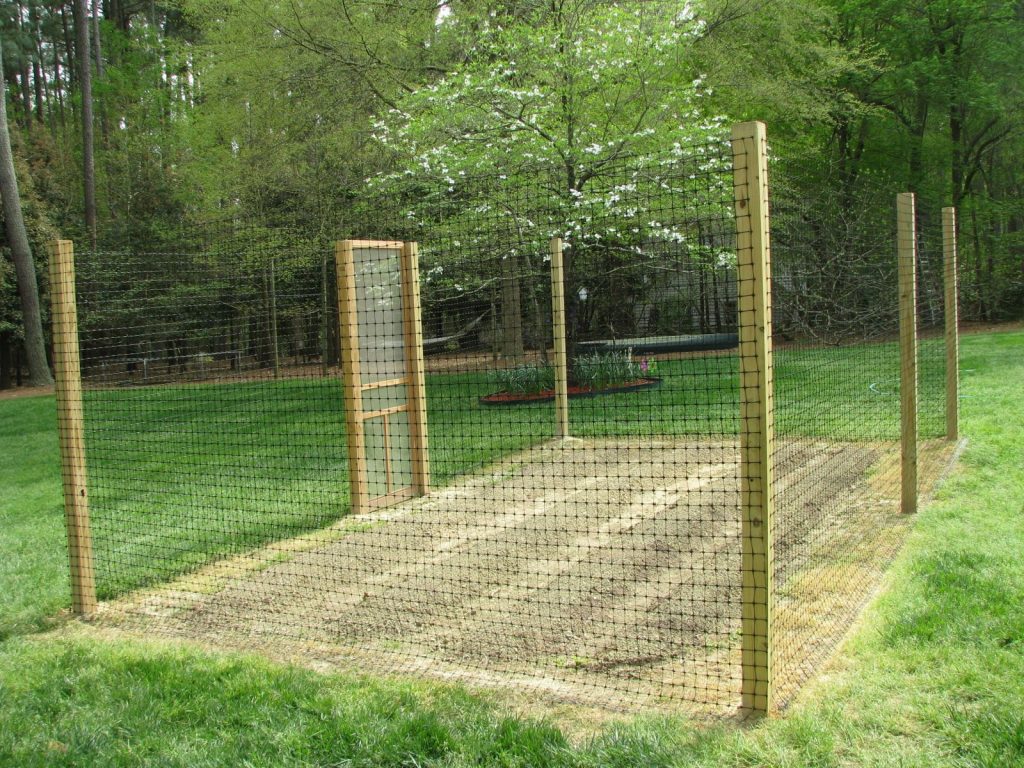
Tall fences, 9’ high, are the only way to truly deer-proof an area, they can and will jump over anything shorter. If you want to grow something really attractive to deer, like a veggie garden, a fence is the only way to keep it 100% safe.
Small fences can protect individual plants. A circle of 5’ tall fencing around a single tree or shrub will usually keep the deer out. You can use small fence circles to protect special plants when they are young, especially trees. Once the trees are tall enough to escape the deer’s reach you can remove the fence.
Most repellents work well, if used as directed, and that’s a big “if”. You have to reapply repellents religiously, if you skip an application those deer will be back immediately. I recommend using repellents with all new plantings in deer prone areas, even when installing plants that have proven resistant in the past. The deer love novelty, so anything new is interesting to them. The repellent should keep them away while the plant is a novelty. Hopefully, by the time it wears off they will have realized it isn’t something they want after all.
Biodiversity can protect your garden too. Plant as many different species as you can instead of huge swaths of the same thing. If your deer suddenly decide they like azaleas, and you’ve planted nothing but azaleas because you thought they were safe, your entire garden will be eaten. If, however, you planted 50 different species of flowering shrubs, just one of which was azalea, the deer could eat your azaleas without having a big impact on the landscape as a whole.
If you’re planting trees, choose taller specimens whose leaves are above the height deer can reach. Typically, the small deer in North Florida won’t browse above 5’. They can stand on their back legs to reach higher, but that behavior is uncommon.
Male deer like to rub their antlers on small diameter tree trunks. Even if deer don’t want to eat a tree, this rubbing can strip the bark off a tree and kill it. They usually rub low on the trunk, so any barrier that protects the bottom 2’ should stop this behavior. There are wraps for trunks, you can set up a small fence around the trunk, or you can try pounding some wooden stakes into the ground around the trunk.
Keep Calm and Garden On
It is overwhelming to garden in a deer-filled area. I live in the country, my garden is surrounded by woods and farmland. Deer have significantly changed the way I garden and the plants I use. You have to stay flexible when gardening around deer, the outdoors are their territory and they call the shots. Even if you can’t grow one of your favorite plants because the deer keep eating it, there are hundreds of other plants you can grow. Let the challenge of deer-proofing your yard lead you to try new things, to grow new plants, and to find new favorites that work for your unique space!
I guess we’ll call this a “blooper reel” of things I’ve tried and have had utterly fail…enjoy!
• Human hair, no effect
• Human urine, no effect on the deer though it did green up the grass
• Shaved bits of soap, no effect
• Motion detector lights, just helped the deer see what they were eating
• Dogs, the dog doesn’t notice them half of the time and they just wait for him to go to sleep to eat whatever he was protecting
• Proximity to the house, they will come up on the porch to get a snack-aromatic plants, I’ve seen citrus get devoured recently, and those are some aromatic leaves

*This article was written by Jonathan Burns
(Tallahassee Nurseries Outdoor Manager, FNGLA Florida Certified Horticulture Professional)
informed by years of personal observations growing in the Tallahassee area.

